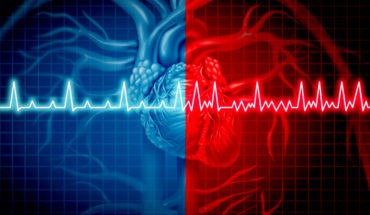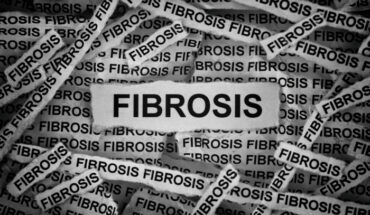Sleep apnoea is the most common sleep disorder in the UK, affecting around one million people. It happens when the patient stops breathing for an extended period of time at night, either because of an obstruction in the airways, or because of another health condition, like heart disease. As a result, the sufferer wakes up, although may not remember doing so. People with the condition often suffer from debilitating tiredness during the day.
Central sleep apnoea tends to affect people who have heart failure – because of many health problems they face including slow blood flow, and hyperactive breathing reflexes. When their breathing stops in the night for these reasons, it kicks off a vicious cycle of hyperventilating and then periods of no breathing at all – which wakes them up. Fluctuating gas levels are the key to the problem. Hyperventilating causes oxygen to build up in the body, and so breathing stops to balance levels of carbon dioxide once more.
At the moment, the gold standard treatment for sleep apnoea is the CPAP (Continuous Positive Airway Pressure) mask, which is clamped tightly to the face and delivers a continuous stream of air to the patient, keeping the airways open. “It’s a bit like sticking your head of the car window,’ says Darrel Francis, a consultant cardiologist at St Mary’s Hospital in London. In fact, around half of people refuse to use the CPAP system at all. Of the remaining group, half give up very quickly and most users cannot tolerate it for longer than three hours in a night.
Dr Francis has helped develop a new device which is simple to use and comfortable to wear. ‘We measure the patient’s breathing rate using a simple chest band. Then this information is fed into a computer which works out the likely oxygen and carbon dioxide levels in the body.’
A computer programme can then send out a signal to pump air into the patient’s airways through two small prongs in their nostrils.
The device is particularly useful for the sizeable minority of people who suffer from a form of the condition called central sleep apnoea. Here the airway is not blocked but the brain fails to sends signals to the muscles to breathe.
Central sleep apnoea tends to affect people who have heart failure – because of many health problems they face including slow blood flow, and hyperactive breathing reflexes. When their breathing stops in the night for these reasons, it kicks off a vicious cycle of hyperventilating and then periods of no breathing at all – which wakes them up. Fluctuating gas levels are the key to the problem. Hyperventilating causes oxygen to build up in the body, and so breathing stops to balance levels of carbon dioxide once more.
If, for example, just before the patient starts to hyperventilate, the machine starts to give a small amount of carbon dioxide, this should prevent rapid breathing occurring at all. And it stops the vicious cycle which then leads to the cessation of breathing altogether.
- New lipid-based pathway discovered as key to memory formation - 25th June 2025
- Crucial link could explain how Alzheimer’s takes hold - 25th June 2025
- Understanding Your Mind Can Improve Daily Life - 25th June 2025







